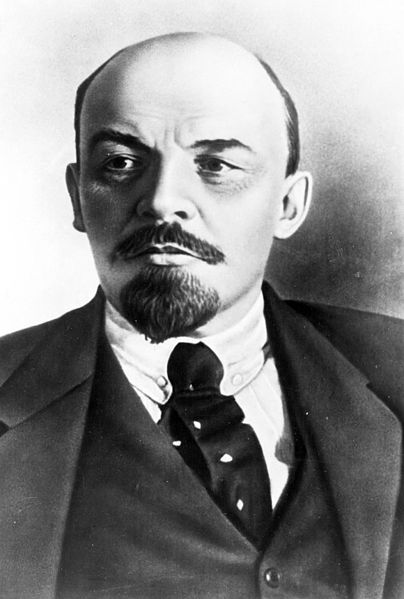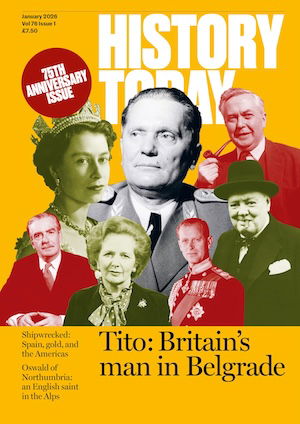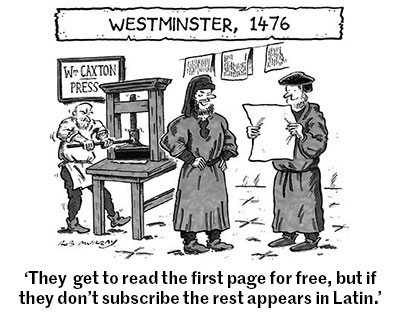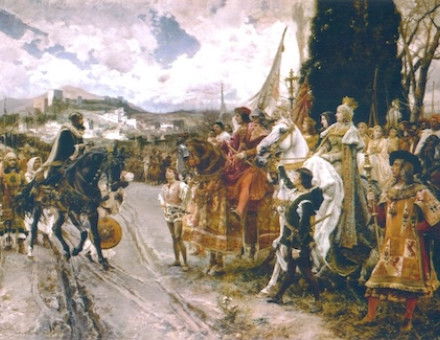Lenin in Power
Russell Tarr explains how the Bolsheviks established their grip on Russia after the 1917 Revolution, and at what cost.

Between 1917 and 1924 the Bolshevik party went through a baptism of fire which transformed it from a revolutionary splinter group into a party of government. During that period it faced intense opposition from a bewildering array of political, military, social and national groups. By the time of Lenin’s death, in January 1924, the regime was, despite all the odds, still in power – but at what cost was this success achieved and to what extent was it superficial rather than real?





